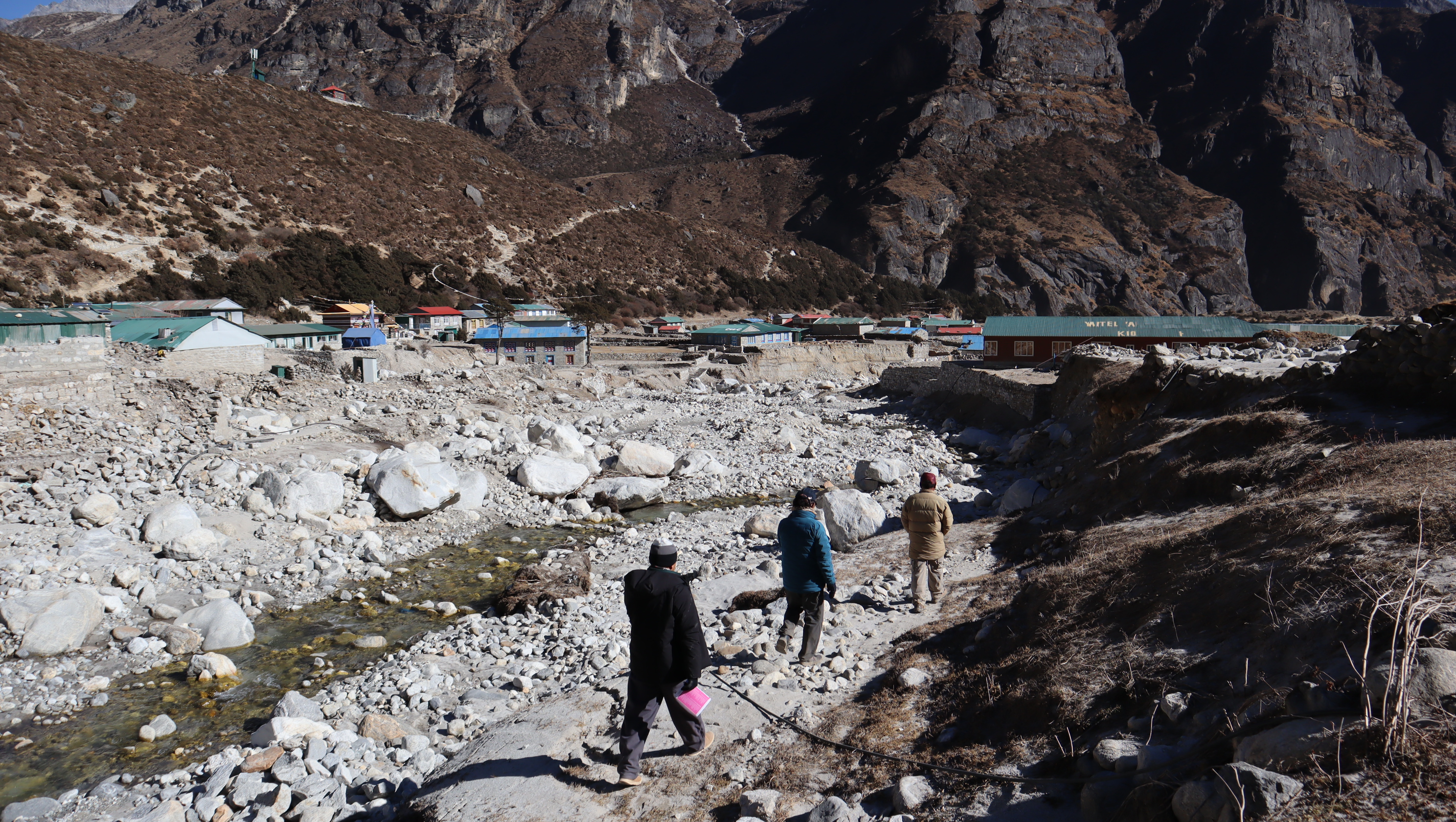One Year Later in Thame

One year ago today, the remote Himalayan village of Thame was forever changed when a catastrophic glacial lake outburst flood (GLOF) swept through the valley, destroying homes, a school, a clinic, and cutting off power to the entire region. Fortunately, no lives were lost, but many were turned upside down.
Thanks to your swift and generous response to our emergency appeal, hope returned to Thame faster than anyone could have imagined. AHF in partnership with The Himalayan Trust Nepal and The Himalayan Trust New Zealand delivered immediate relief and laid the groundwork for long-term recovery.
- A temporary clinic was set up within days to provide medical care to flood survivors and the local community.
- 46 students and 10 teachers were safely evacuated and relocated to the nearby village of Khumjung, where they resumed their studies and received hot meals, warm bedding, school supplies, and counseling.
- A temporary learning center was established in Thameteng, a short walk above Thame, and students returned home before the new school year started in April. A plan to build a new school and hostel in the same area is in the works.
- More than 1,200 trees have been planted to help restore Thame’s fragile landscape and prevent erosion and future landslides.
To address the ongoing fears of another flood impacting the region, AHF is proud to be partnering with the Sagarmatha Pollution Control Committee (SPCC) on an early warning system and community-based emergency preparedness project for Thame and eight downstream villages. SPCC is the leading environmental organization in Everest region, comprising local experts and other community members. This is the first grassroots driven project of its kind in Nepal and, if successful, could serve as a model or other high-risk areas in the Himalaya.
As we mark this somber anniversary, we are thinking about our friends in Thame and throughout the wider Sherpa community who were affected by this disaster. Thank you to everyone who has helped make this recovery possible.
Photo Credits: Himalayan Trust Nepal